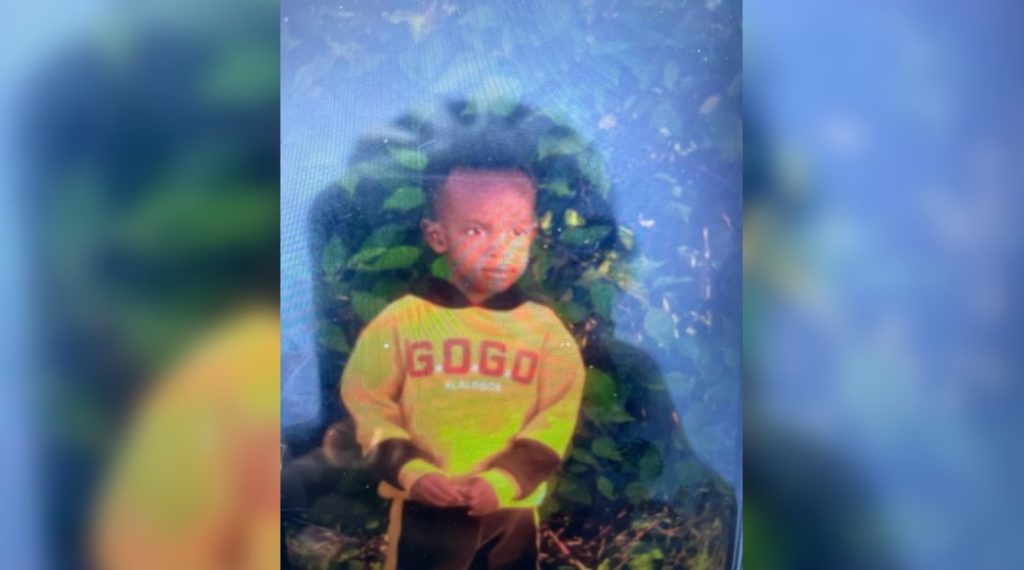Damar Hamlin injury reinforces need to know how to do CPR, use defibrillator: expert
Posted January 5, 2023 6:01 pm.
Last Updated January 5, 2023 6:55 pm.
As many await updates on Buffalo Bills safety Damar Hamlin after he suffered a critical injury on Monday, an expert in first aid with the Canadian Red Cross said the incident reinforces the need to know how to use a defibrillator and how to perform CPR if an emergency arises.
“It showed the importance of proper training and proper CPR,” Michael Nemeth, a master instructor trainer and Red Cross volunteer, told CityNews on Thursday.
“By CPR beginning, those chest compressions kept the brain alive until a defibrillator was available in order to stop that chaos and get his heart perfusing and beating at a normal sequence again and start getting his brain perfused again with oxygen.”
It was during Monday evening’s game between the Bills and the Cincinnati Bengals when Hamlin was injured.
Hamlin tackled Bengals receiver Tee Higgins and as Higgins led with his right shoulder, he hit Hamlin in the chest. Hamlin then wrapped his arms around Higgins’ shoulders and helmet to drag him down. Hamlin quickly got to his feet, appeared to adjust his face mask with his right hand, and then fell backward about three seconds later and lay motionless.
“He stood up and at that point in time his heart was probably spasming and then his brain realized there’s not enough oxygen coming to me and that’s when he collapsed,” Nemeth said.
Hamlin was down for 19 minutes while he received medical attention from team and independent medical personnel and local paramedics. Hamlin needed an automated external defibrillator (AED) in addition to CPR on the field. He was taken by ambulance to the University of Cincinnati Medical Center in critical condition.
“All those interventions did help for him to survive his emergency episode. Without them he would not have survived it,” Nemeth said.
“That quick response is important because your brain begins dying within four minutes without oxygen and then after 10 minutes without oxygen it goes into irreversible brain damage.”
EXPLAINER: What happened to Damar Hamlin?
There was a bit of good news on Thursday. His doctors said Hamlin began to communicate in writing with his family and others who have been at his bedside since he went into cardiac arrest on Monday and the first question was, “Did we win?”
“The answer is yes, Demar, you won. You’ve won the game of life,” Dr. Timothy Pritts said in a conference call with reporters from the University of Cincinnati Medical Center, adding Hamlin began to wake up late Wednesday.
Experts noted hard-hitting tackles aren’t uncommon and while the exact diagnosis hasn’t been publicly confirmed, a leading theory by doctors is Hamlin suffered a condition called commotio cordis (it occurs when a severe chest blow causes the heartbeat to quiver, leading to sudden cardiac arrest).
Medical experts said it’s rare because a sharp hit needs to land directly over the heart “at the exact wrong location at the exact wrong timing” during the heart’s rhythm cycle. Hamlin’s doctors said testing is still happening to determine the cause and other more common ailments would need to be ruled out first before confirming what happened was commotio cordis.
Nemeth said he personally hasn’t encountered a situation of someone who has experienced commotio cordis. However, he said the benefits of knowing how to operate a defibrillator and perform CPR together are vital knowledge for a variety of medical situations.
If someone encounters someone in medical distress, Nemeth encouraged them to work with a nearby person.
“If you and I are in an arena and someone collapses with us, I would assess that patient,” he said.
“We’re going to check the surroundings to make sure it’s safe and then check our patient and see do they have a good airway, are they breathing and do they have a pulse. And if they don’t have a pulse, I’ll start CPR, so I’ll start chest compressions and I’ll ask you to go get a public access defibrillator.”
RELATED: How you can help young children in need of first aid, CPR during emergencies
When it comes to defibrillators, the devices can be found in several public places and are often kept in easy-to-open boxes attached to walls. He said the modern devices are easy to carry, contain supplies like scissors to cut shirts and wipes to clean the skin if needed, and provide step-by-step instructions.
As for CPR, he encouraged people to “push hard and push fast” should it need to be performed.
“One compression every second, just a little bit faster than that … and just pushing down five to six centimetres,” he said.
“What residual oxygen is left in the person’s body is getting reabsorbed back in the blood to be redistributed up to the brain again to keep that brain alive because really what you’re doing is just buying emergency personnel time for them to get there.”
Meanwhile, Nemeth ended his interview with this push for all.
“The big takeaway is take a CPR class, learn how to do CPR. It’s a simple skill. It buys valuable, valuable time,” he said, adding those classes go over practicing with defibrillators.
With files from The Associated Press








